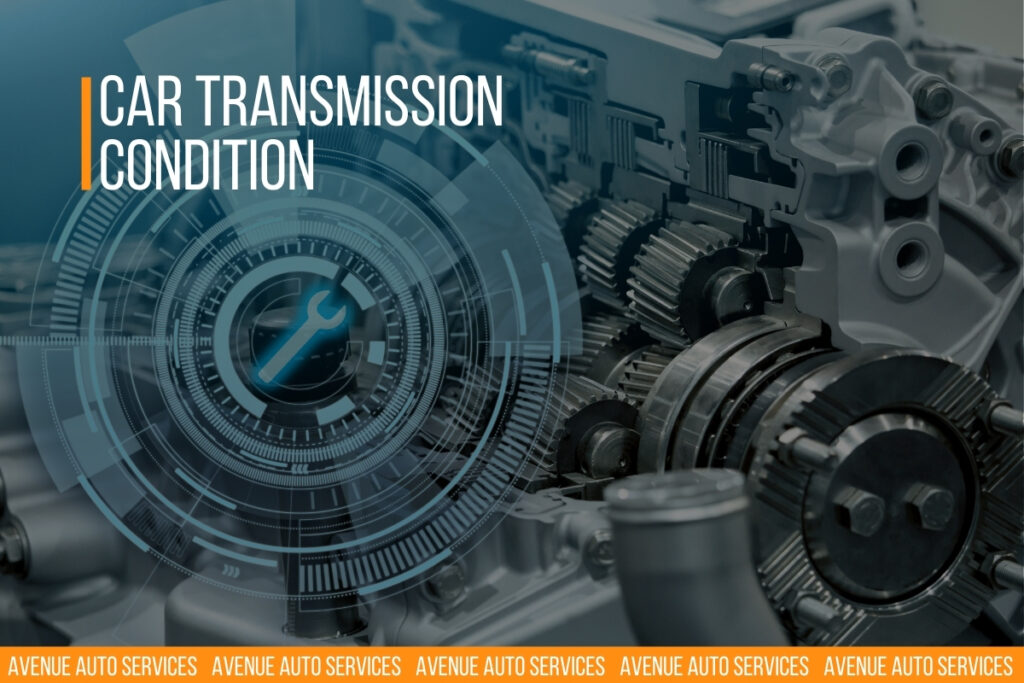A car’s transmission is one of its most critical components. It is responsible for transferring power from the engine to the wheels, allowing smooth movement and efficient performance. However, many drivers overlook transmission maintenance until it’s too late. Understanding how to keep transmission in good condition is essential for avoiding costly repairs and ensuring your car runs reliably for years. In this guide, we’ll cover practical tips, maintenance schedules, and professional advice to help you extend your transmission’s lifespan.
1. Understand Your Transmission Type
Before diving into maintenance, it’s important to know the type of transmission your vehicle has:
-
Automatic Transmission: Shifts gears automatically without driver input. Common in modern cars.
-
Manual Transmission: Requires the driver to manually shift gears using a clutch.
-
CVT (Continuously Variable Transmission): Uses a belt and pulley system to provide smooth acceleration.
Each type requires slightly different care, but the basic principles of keeping transmission in good condition apply to all.
2. Regular Transmission Fluid Checks and Changes
Transmission fluid is crucial for lubrication, cooling, and smooth operation of gears and clutches. Over time, it can become dirty or lose its effectiveness.
Key Tips:
-
Check fluid levels regularly: Most cars have a dipstick for transmission fluid. Check levels at least once a month.
-
Inspect fluid condition: Healthy transmission fluid is usually red or pink and has a slightly sweet smell. Dark or burnt-smelling fluid indicates the need for replacement.
-
Follow manufacturer guidelines for changing fluid: Typically every 30,000–60,000 miles for automatic transmissions, or as per your car manual.
-
Use the correct fluid: Using the wrong type can damage your transmission.
Pro Tip: Dirty or low transmission fluid is one of the top reasons for transmission failure.
3. Keep the Transmission Cool
Heat is the number one enemy of transmission longevity. Overheating can lead to damaged gears, seals, and clutches.
How to Prevent Overheating:
-
Install a transmission cooler: Especially useful for towing heavy loads or driving in hot climates.
-
Avoid aggressive driving: Rapid acceleration and heavy braking increase transmission heat.
-
Monitor warning signs: If your dashboard shows a transmission temperature warning, stop immediately and let the car cool down.
Keeping your transmission cool ensures smoother shifting and prevents premature wear.
4. Smooth Driving Habits
The way you drive can have a huge impact on the health of your transmission.
Tips for Safe Driving:
-
Avoid sudden gear changes: Shifting from reverse to drive while the car is moving can strain the transmission.
-
Do not “ride the clutch” in manual cars: Resting your foot on the clutch pedal causes unnecessary wear.
-
Gradual acceleration: Accelerating smoothly reduces stress on gears and clutches.
-
Avoid towing beyond limits: Overloading your car strains the transmission and engine.
Consistent smooth driving habits can prolong your transmission life by years.
5. Regular Transmission Inspections
Even if your car feels fine, hidden issues can develop over time. Regular professional inspections help detect problems early.
Signs You Need a Checkup:
-
Unusual noises: Grinding, whining, or clunking sounds may indicate worn gears.
-
Slipping gears: If the car unexpectedly changes gear or hesitates while shifting.
-
Fluid leaks: Puddles of red or brown fluid under your car.
-
Delayed engagement: When shifting into drive or reverse, if the car hesitates.
Regular inspections at trusted workshops like Avenue Auto Services ensure early detection and prevent expensive repairs.
6. Use the Parking Brake Properly
Many drivers rely solely on the transmission to keep their vehicle stationary, but this can cause stress on the gears, especially in automatic cars.
-
Engage the parking brake every time: Prevents unnecessary strain on the transmission.
-
Avoid shifting to neutral while driving: Contrary to popular belief, this does not save fuel and can damage the transmission.
7. Avoid Overloading Your Vehicle
Carrying heavy loads or towing beyond the manufacturer’s recommendation can damage the transmission.
-
Check your car manual for maximum towing capacity.
-
Remove unnecessary weight: Avoid carrying heavy luggage unless necessary.
Proper load management reduces transmission wear and improves fuel efficiency.
8. Keep the Cooling System in Check
The cooling system is closely connected to the transmission, especially in automatic cars. A malfunctioning radiator or low coolant can increase transmission temperature.
-
Flush the radiator periodically: Removes debris and prevents overheating.
-
Inspect hoses and belts: Replace any damaged parts immediately.
-
Check for leaks: Low coolant levels can indirectly harm the transmission.
9. Professional Transmission Services
Even with careful driving, transmissions eventually need expert care. Professional services include:
-
Transmission flush: Cleans out old fluid and contaminants.
-
Gear and clutch inspection: Detects worn parts before failure.
-
Transmission repair or replacement: Fixes major issues before they worsen.
At Avenue Auto Services, certified technicians provide reliable transmission maintenance and repair services for all car brands in Dubai.
10. Watch for Early Warning Signs
Being proactive is key. Common warning signs of transmission trouble include:
-
Difficulty in shifting gears
-
Strange noises while driving
-
Burning smell from transmission fluid
-
Dashboard warning lights
Early detection can save you thousands in repair costs.
Conclusion
Maintaining your car’s transmission is essential for smooth performance, fuel efficiency, and avoiding expensive repairs. By following these tips on how to keep transmission in good condition, including regular fluid checks, smooth driving, professional inspections, and proper cooling, you can extend the life of your car and enjoy hassle-free driving.




